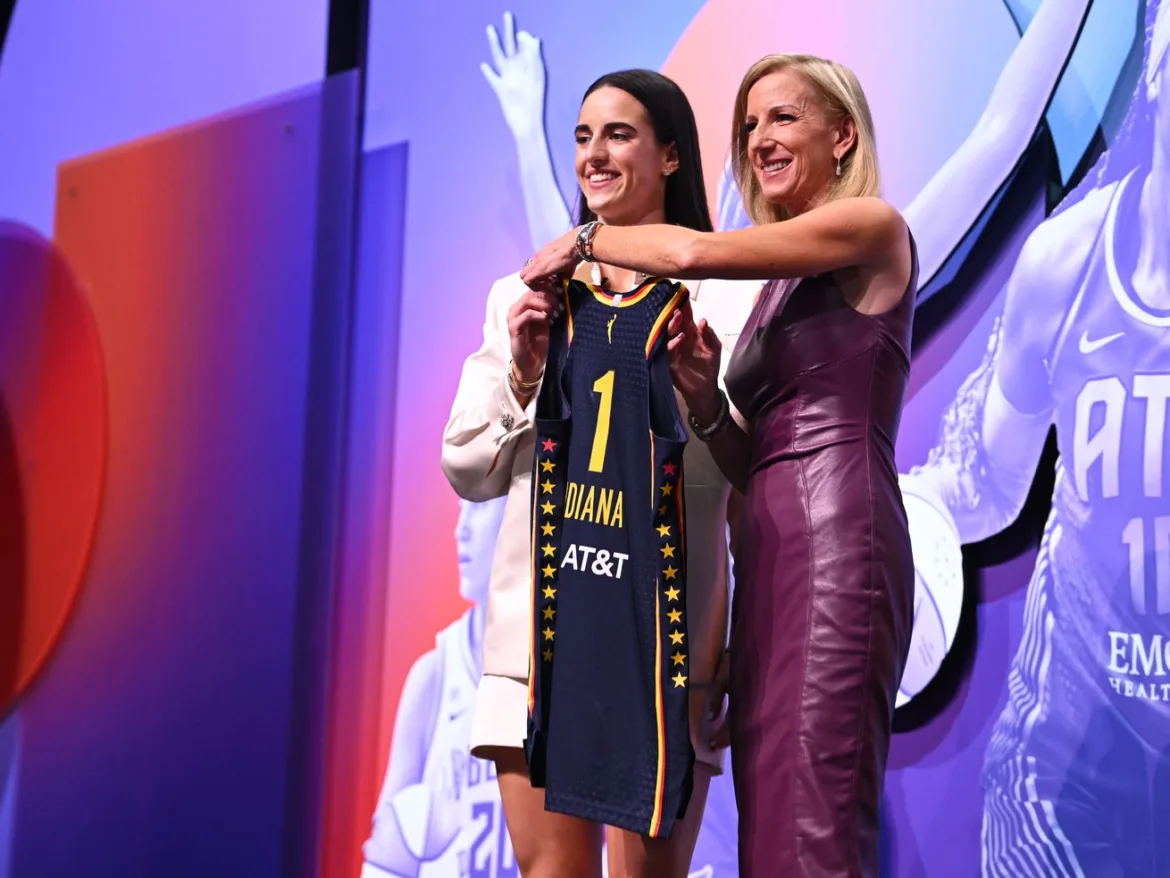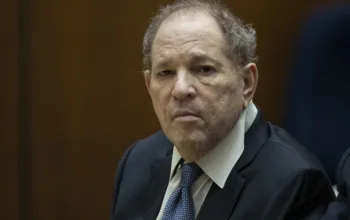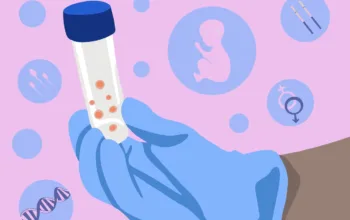The WNBA draft puts pro basketball’s longstanding pay gap on stark display.
Caitlin Clark, a college basketball phenom and the top pick at Monday’s WNBA draft, will make a staggeringly low salary in her rookie year compared to her NBA counterpart.
Despite her record-breaking performance in the NCAA and the energy that she’s generated for the sport, Clark’s base salary will be $76,535 as a rookie. In the NBA, meanwhile, the first draft pick is expected to make roughly $10.5 million in base salary their first year.
Caitlin Clark’s contract
(Via @spotrac ) pic.twitter.com/d0YQtVGriR
— NBACentral (@TheDunkCentral) April 16, 2024
Players like Clark, who was picked by the Indiana Fever Monday night after multiple blockbuster seasons as a point guard for the University of Iowa Hawkeyes, and former Louisiana State University forward Angel Reese, who was signed by the Chicago Sky, have helped women’s college basketball achieve a landmark year. For the first time ever, the women’s final March Madness game, which drew as many as 24 million viewers, surpassed the viewership of the men’s final.
“It’s been catapulted this year to a whole new level,” says University of Michigan sports management professor Ketra Armstrong. “People are tuning in to the WNBA draft that never had before.”
The fresh attention for the WNBA draft, however, is also spotlighting the problems the league has had with pay equity. For years, the WNBA’s salaries have lagged the NBA’s by a massive margin. That’s due in part to the leagues’ differences in revenue and season lengths. But other factors, like differences in collective bargaining agreements and revenue-sharing, also play a big role.
Because of how closely sports observers are following Clark, some fans have raised questions about these issues — and her role in addressing them. “Can Caitlin Clark fix the WNBA and NBA pay gap?”, one Forbes article asked.
That framing misunderstands some of the central causes of the gap, however. While Clark and Reese could well bring more eyes to WNBA games, the issue of pay gaps is an institutional one. As such, it’s not in the power, nor is it the responsibility, of any one player to solve.
“The challenges facing women athletes, from pay disparities to limited media coverage, stem from entrenched societal norms [and] institutional biases … that cannot be remedied by the actions of one individual alone,” says Georgetown University sports industry management professor La Quita Frederick.
The pay-gap problem is bigger than any one player
Despite her record-breaking performance in the NCAA and the energy that she’s generated for the sport, Clark will earn less than 1 percent of what her male counterpart will make in her first year. She will be able to supplement her salary through endorsement and marketing deals, but even with those, her estimated earnings will be lower than the base salary of a first-round NBA pick.
Clark isn’t alone. WNBA star Brittney Griner — who spent months jailed in Russia — spoke about the reason she played abroad in the offseason, and noted that a big part of it was to supplement her income: “I’ll say this … the whole reason a lot of us go over is the pay gap,” she said at a press conference in April 2023. In 2023, a WNBA player made a $113,295 base salary on average, while an NBA player made an average base salary of $9.7 million.
The NBA’s much larger revenue is part of the reason for this discrepancy: It takes in an estimated $10 billion annually, compared to the WNBA, which has been projected to bring in roughly $200 million. Its season is also about twice the length of the WNBA’s, including 82 games compared to 40 games. Those factors alone, however, don’t tell the full story.
A major source of pay inequity also stems from the collective bargaining agreements (CBAs) the players’ unions have with the two leagues — and the amount of revenue they get to share.
As Eden Laase explains for Just Women’s Sports, male players are guaranteed a much larger share of revenue than women are, meaning they make more as the league grows. Because of how their CBA is structured, NBA players are able to receive 50 percent of all “shared revenue,” which includes everything from ticket sales to broadcasting rights. WNBA players, however, don’t receive the same guarantees.
Instead, WNBA players get 50 percent of “incremental revenue,” which is defined as revenue that exceeds the targets the league has set for itself. As Bloomberg has found, the league has not met those targets, meaning WNBA players have not reaped any of these rewards.
All told, about 40 percent of all NBA league revenue goes to player salaries, while the WNBA puts roughly 10 percent of all league revenue toward its players’ salaries, according to an estimate from David Berri, an economist at Southern Utah University who is the co-author of a forthcoming book about women’s sports.
Because of these disparities, WNBA players are pushing to change their compensation arrangement. “We are not asking to get paid what the men get paid. We’re asking to get paid the same percentage of revenue shared,” Las Vegas Aces player Kelsey Plum said on The Residency Podcast in 2022. Players will next have a chance to negotiate for that change in 2025, which is the earliest they can opt out of the current agreement.
Separately, expanding the WNBA’s fanbase could also help the players gain more leverage in negotiations and potentially enable the league to hit its revenue targets. Stars like Clark and Reese could help with these goals, with the Indiana Fever already seeing a spike in ticket interest ahead of this week’s draft, for example.
But it can’t be just them. Truly growing the league would require the NBA, WNBA owners, and WNBA leadership to invest more in increasing exposure for the game and providing resources to players, experts say. Such efforts could come in the form of more marketing, corporate sponsorships, and better broadcast deals in order to continue building interest and excitement in the league. Already, such moves are underway: In 2022, the WNBA raised $75 million from investors, including funds it intends to use for marketing and ads.
“In order to make money, you have to spend money,” Pepperdine University sports administration professor Alicia Jessop told Marketplace in 2020. “When the NBA began, its seats were not filled. It was not driving millions of viewers. The difference is more money was spent to build that league.”
To ensure that players benefit as the league grows, important changes need to be made to their contracts, too.



